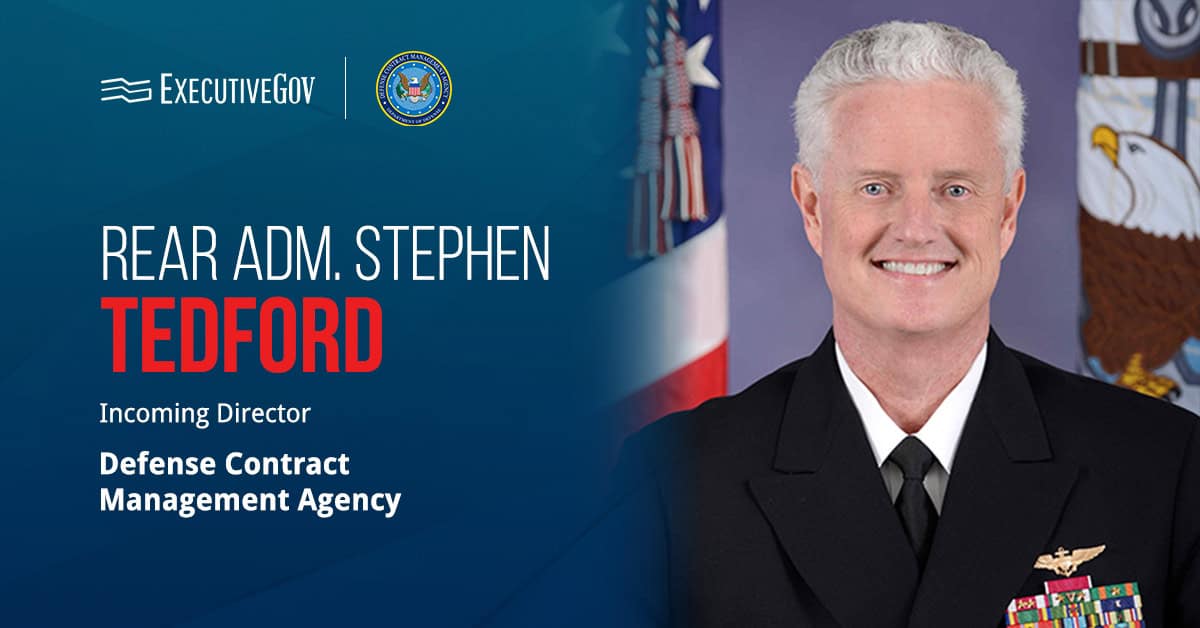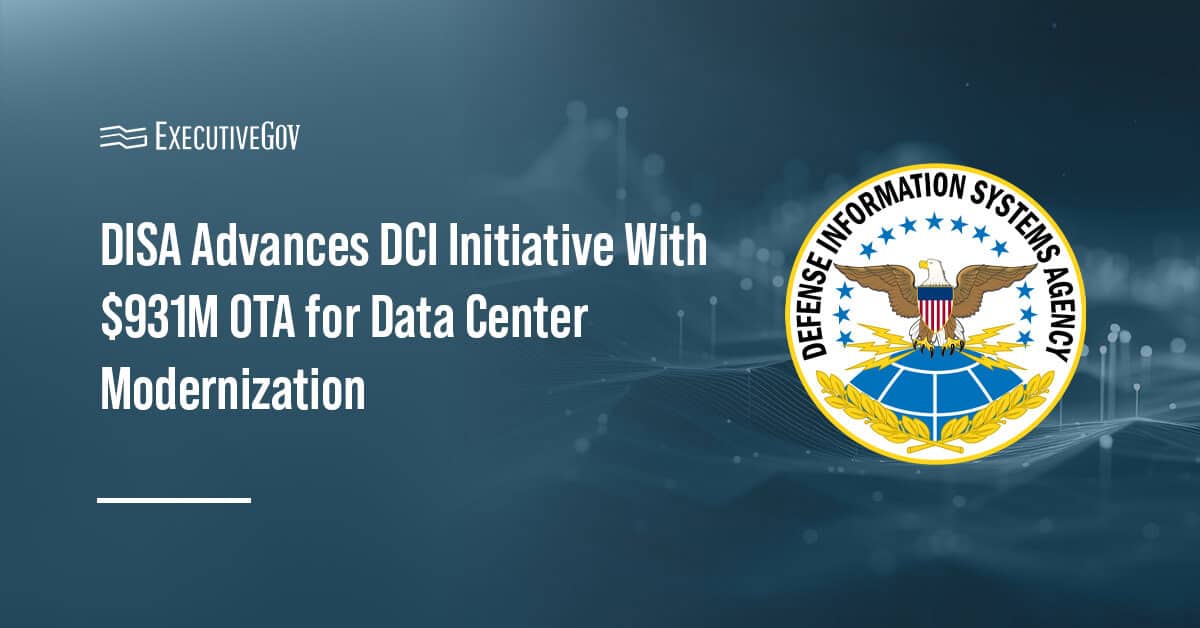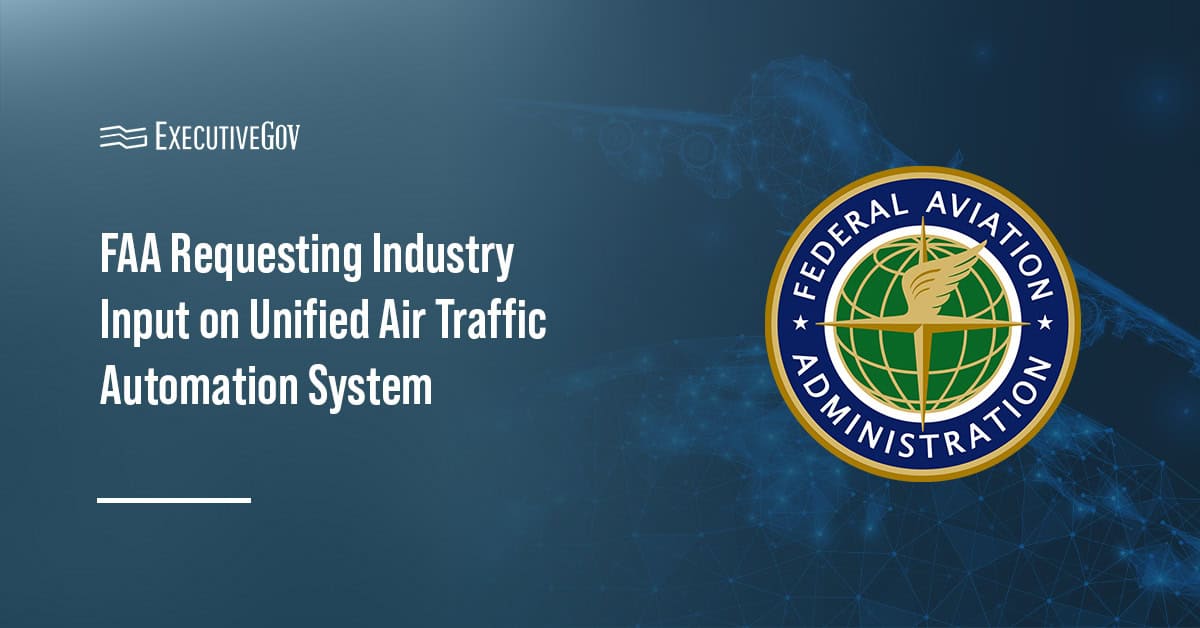The Chief Digital and Artificial Intelligence Office is seeking input from subject matter experts regarding current capability gaps in generative artificial intelligence and in the testing, evaluation and assurance of foundation models as well as innovations that can work to address them.
The CDAO said it will use the input to inform future investment directions and requirements, according to a request for information posted Thursday on Tradewinds AI.
Interested parties have until July 13 to respond.
The CDAO heads the Generative AI and Large Language Model Task Force at the Department of Defense. The office’s assessment and assurance division handles AI/ML application T&E and assurance at the agency.





